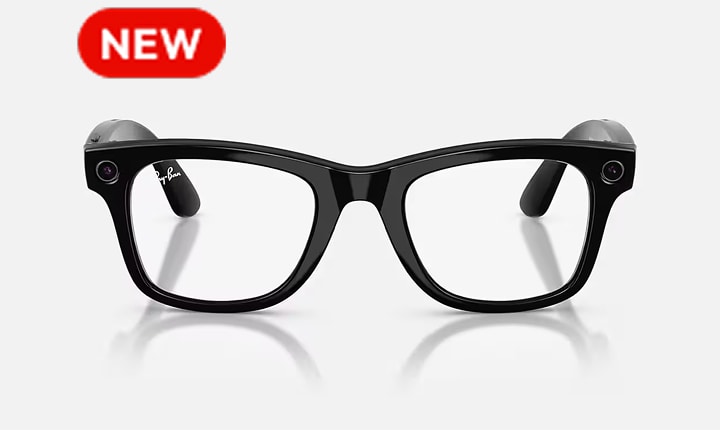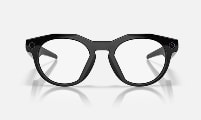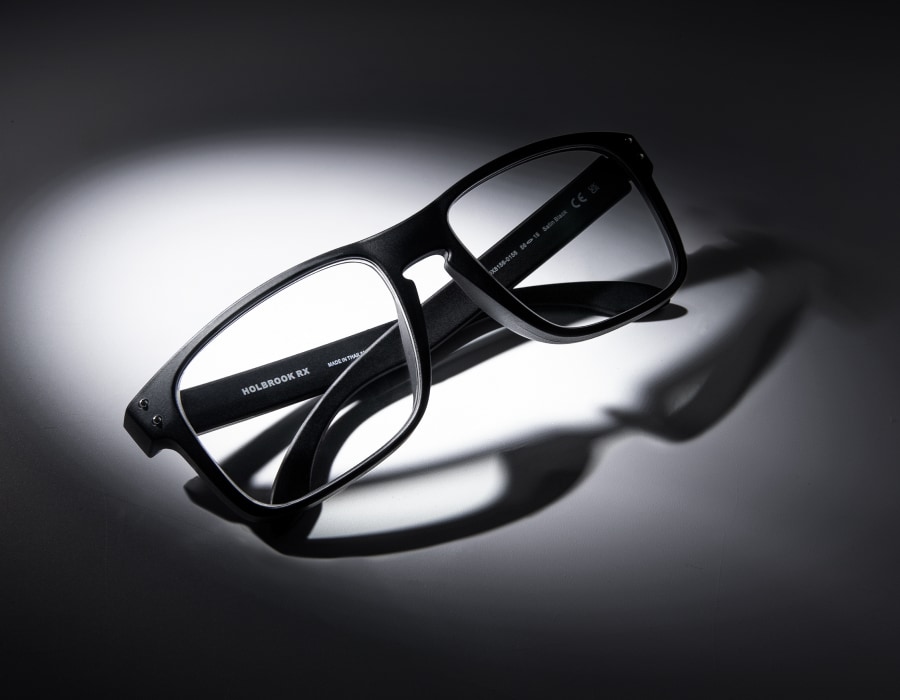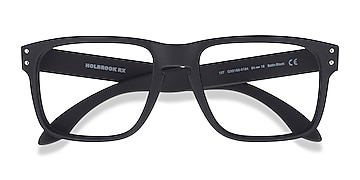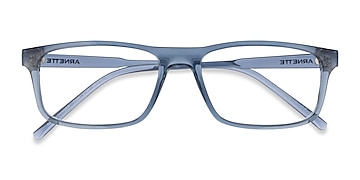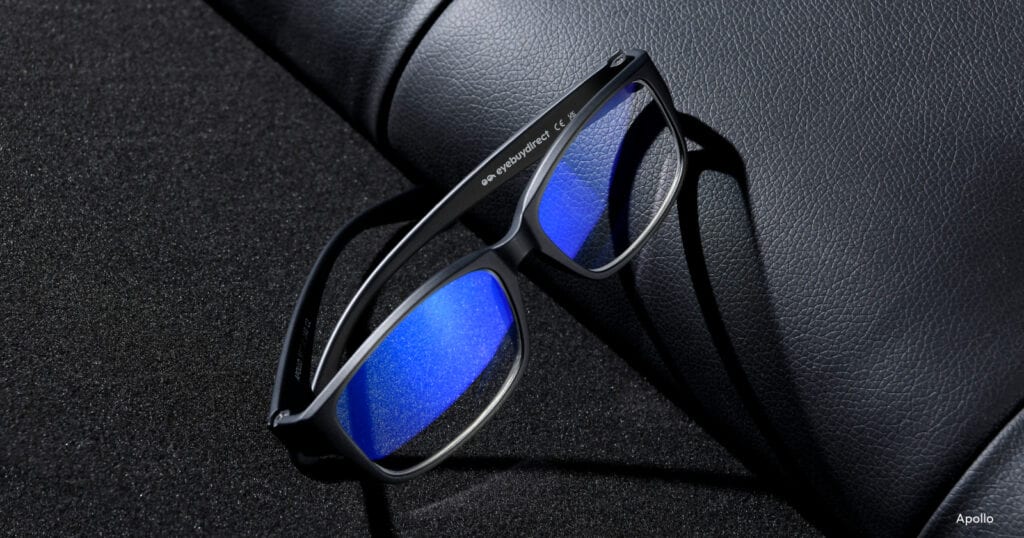Reviewed by Sonia Kelley, OD, MS on September 6, 2023
Have you heard that reading in the dark is bad for your eyes? If this sounds familiar, you’re not alone. Parents and teachers have been warning kids about this issue for generations. But is there any truth to this claim?
While reading from books and digital screens in low-light conditions shouldn’t cause permanent damage to your vision, it can lead to problems like eye strain and computer vision syndrome.
Below, we’ll clear up some common misconceptions about reading in the dark and offer valuable tips for maintaining healthy eyes and vision. See how making a few minor changes to your daily habits and wearing the right pair of glasses can make all the difference.
Can Reading in the Dark Hurt Your Eyes?
Reading in the dark is more likely to cause eye strain and other temporary side effects than permanent damage. Eye strain happens when your eyes have to work extra hard to see clearly. While it’s not serious, eye strain can be uncomfortable and make close-up activities like reading more difficult.
Some common symptoms of eye strain include:
- Dry, burning, or itchy eyes
- Blurry vision
- Headaches
- Increased sensitivity to light
Reading in the dark may also lead to neck and shoulder pain. When you don’t have enough light, it’s natural to hunch over your book or device. This can cause the muscles in your neck and shoulders to become tense.
What About Reading on a Screen?
Smartphones and tablets are a convenient way to read on the go. Some people even prefer e-readers because they can see the text more easily in the dark. However, staring at a lit screen for several hours every day can be just as problematic as reading a book in dim lighting.
Prolonged use of digital devices can lead to computer vision syndrome (CVS), also called digital eye strain. Screens make your eyes work harder to focus and adjust between a brightly lit screen and darkened surroundings. The symptoms of CVS are similar to those of eye strain from reading in the dark, including headaches and blurred vision.
Additionally, screens emit blue light, which can interfere with your natural sleep cycles. If you use screens too close to your bedtime, it may be harder for you to fall asleep and stay asleep. This is why many eye care providers recommend limiting or avoiding screens starting around 2-3 hours before you go to bed.
Tips for Avoiding Eye Strain
Whether you prefer printed books or e-readers, a few changes to your routine can help reduce eye strain and make reading enjoyable again. Here are some tips to get started:
- Use proper lighting – Always read in a well-lit area. Consider using a desk or floor lamp to brighten up your space. Adjustable dimmers are available if you want to switch between lighter and darker settings.
- Take breaks – Give your eyes a break every now and then by following the 20-20-20 rule. Every 20 minutes, look away from your book or screen and focus on something 20 feet away for about 20 seconds. This gives your eyes a much-needed chance to rest and reset.
- Increase your font size – Attempting to read too-small text can strain your eyes, so it may help to increase the font on your digital devices to a comfortable size. Most smartphones and computers offer a “zoom” feature that makes it easier to see small words and letters.
- Hold your screen far enough away – Hold your book or e-reader about 20 to 28 inches away from your eyes. An arm’s length is usually the best distance for reducing eye strain.
- Administer artificial tears – If your eyes feel dry, you can use artificial tears to help keep them lubricated. It’s also important to remember to blink! Most people blink less during screen use, which results in dry eyes.
Choosing the Right Glasses
Prescription glasses or contact lenses may be necessary if you have a refractive error like nearsightedness or farsightedness. The correct prescription ensures that your eyes don’t have to work harder than necessary to focus on the text you’re trying to read.
You can get single-vision lenses to correct one distance (up close or far away), or you can get progressives if you also have presbyopia and need help seeing both near and distant objects.
Book Regular Eye Exams
Eye exams are the best way to protect your vision and ensure your eyes stay healthy. During an exam, your eye doctor will check for signs of eye diseases and vision problems. They’ll also provide an updated vision prescription to help you see more clearly.
Your annual eye exam is a good time to raise any concerns you have about eye strain or other eye- or vision-related symptoms that you’ve experienced recently. Catching potential issues early can help you avoid more severe problems down the road.
Preserve Your Eye Health
Reading in the dark may not do major damage to your eyes, but it can increase your risk of eye strain and fatigue. To help reduce your discomfort, take regular breaks, use proper lighting, and limit your screen time before bed.
It’s also important to schedule an eye exam with your eye doctor every one to two years. With a few simple changes to your lifestyle, you can enjoy books, magazines, and other reading materials without worrying about eye strain.
Eyebuydirect offers a wide selection of glasses that make reading in any setting easy and comfortable. View our collection of reading glasses and blue light glasses to get the most out of your experience. You may also want to look for glasses with an anti-reflective coating to help prevent some of the discomfort you feel from your screen’s glare.
SOURCES
- Why proper lighting is important while reading. Canadian Association of Optometrists. March 2023.
- Computer vision syndrome. American Optometric Association. Accessed September 2023.
- Eye strain. Cleveland Clinic. July 2023.
- How blue light affects sleep. Sleep Foundation. March 2023.
- Computer vision syndrome. Cedars-Sinai. Accessed August 2023.
- Refractive errors. National Eye Institute. June 2022







